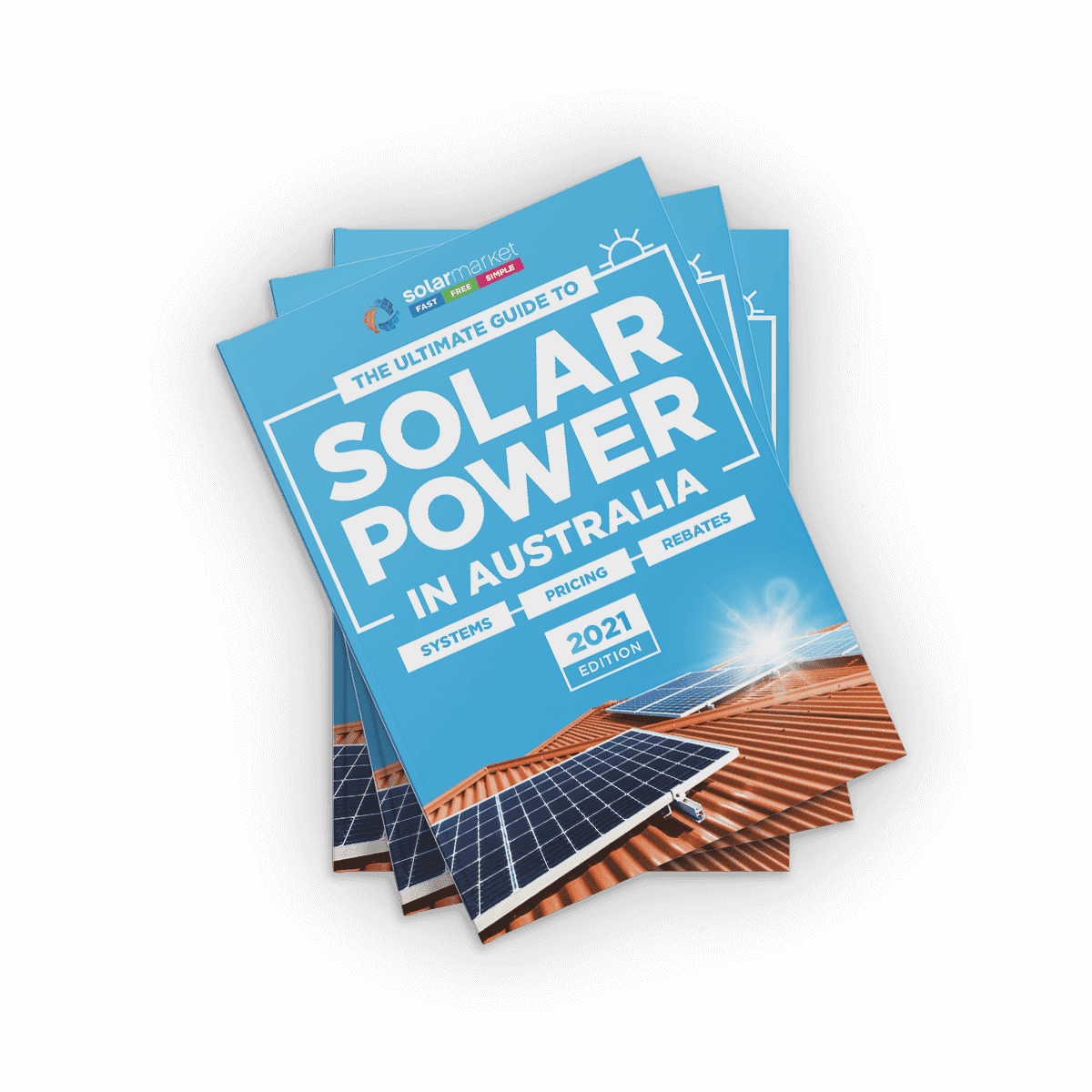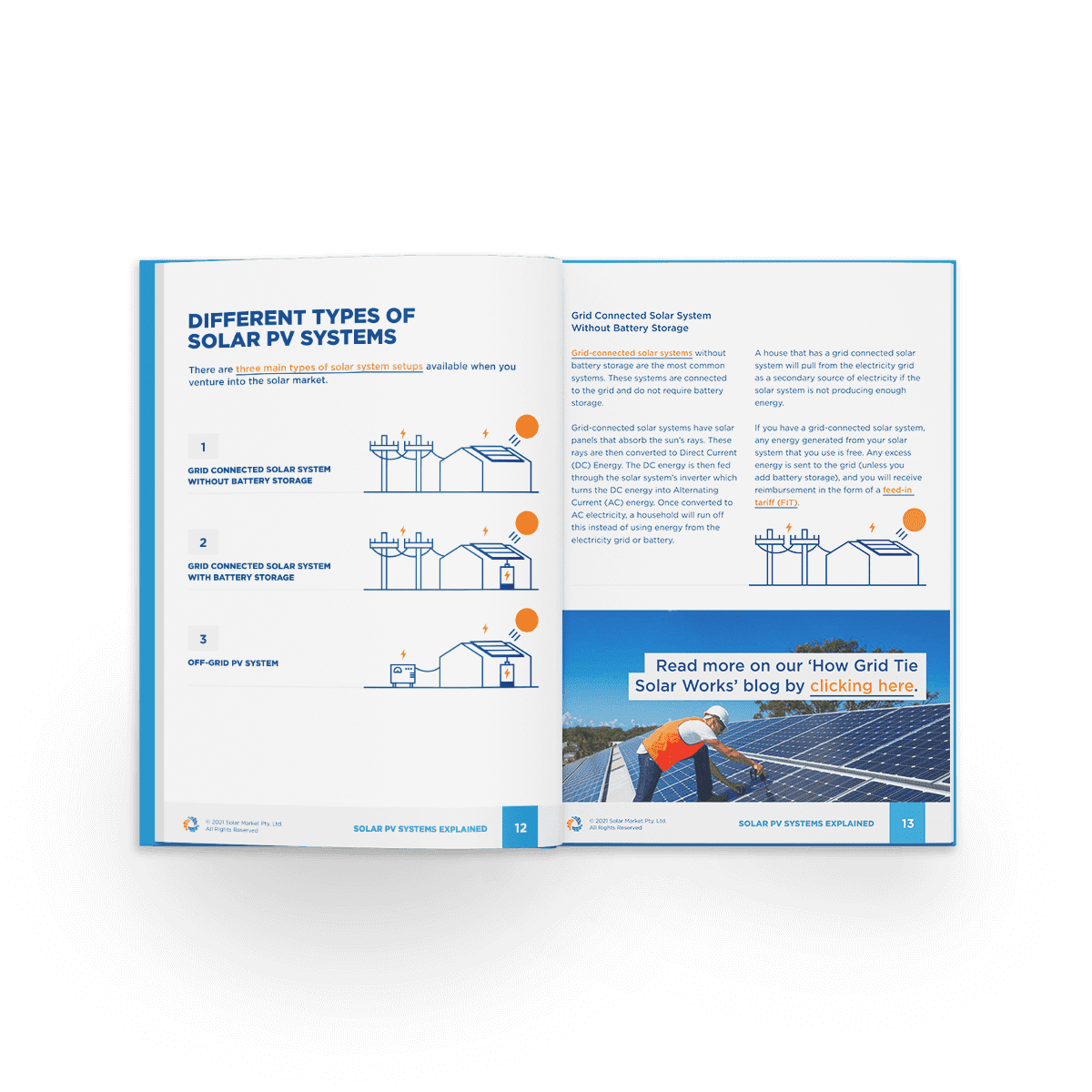From 1 July, feed-in tariff changes 2025 have rolled out across several states, affecting how solar households are credited for the energy they export. If you live in Victoria, NSW, Queensland, South Australia or the Northern Territory, these updates could impact your solar savings — and highlight the growing value of adding a battery.
State-by-State Breakdown of Feed-in Tariff Changes 2025
Victoria: Minimum FIT Scrapped
Victoria has removed its regulated minimum feed-in tariff. Retailers can now offer any rate at or above 0 cents per kWh — meaning some solar exports may no longer earn any credit. Previously, households were guaranteed at least 3.3 c/kWh. The deregulation is a major shift — and one of the key feed-in tariff changes in 2025.
New South Wales: Small FIT Rise, New Export Charge
NSW’s benchmark FIT has risen slightly (now around 4.8–7.3 c/kWh), but there’s a catch. A new “export charge” of around 1.2 c/kWh now applies to solar exports between 10 am and 3 pm. So, while rates may look better, exporting power during the middle of the day could actually cost you money — a significant policy shift under the 2025 feed-in tariff changes.
Queensland: Feed-in Tariff Drops by 30%
Queensland has slashed its regional feed-in tariff by about 30%. That’s a major hit for households that don’t have a battery and rely on exporting surplus solar to cut down their bills. It’s a clear sign the state is pushing consumers towards smarter energy use — not just sending excess solar to the grid.
South Australia: No More FIT Guarantee
South Australia has removed its minimum feed-in tariff too, giving electricity retailers full control over what they offer. Some may still provide reasonable export rates, but others may not. On top of that, new export charges are rolling out across the state, meaning sending solar to the grid could soon come with a cost.
Northern Territory: Peak-Time FIT Doubled
There’s some good news for NT solar households. From July 1, the feed-in tariff for energy exported during peak hours (3 pm–9 pm) has doubled to around 18.7 c/kWh. This is one of the most generous rates in the country — but only applies to exports during the evening peak. For those with a battery, this creates a real opportunity: store solar during the day and export it later for maximum value.
Why It All Points to Batteries
Across the board, states are scaling back what you earn for solar exports — or even introducing charges. This trend rewards households that can store their own energy and use it when it matters most, instead of sending it back to the grid for less and less.
Home batteries let you:
- Avoid low or zero feed-in rates
- Beat new export charges
- Slash evening grid electricity costs
- Make the most of peak-time tariffs (like in the NT)
Federal Battery Rebate = Big Savings
From July 1, the federal government is offering 30% off battery system costs under its new rebate scheme. It applies to households nationwide and stacks well with these changing tariff structures — helping more Australians future-proof their energy setup and maximise their solar savings.
WA households get an extra boost, with a state battery rebate of up to either $1300 or $3,800 (depending on your electricity retailer) also available. Better yet, it’s stackable with the federal rebate, making battery storage even more affordable for Western Australians.
Final Word
The July 1 changes to feed-in tariffs mark a clear shift in solar policy. Exporting energy to the grid is no longer the golden ticket it once was. But with the rise of affordable battery storage and targeted time-of-day incentives (like in the NT), households can still stay ahead — by using more of their own solar power and exporting only when it pays.
We have a dedicated feed-in tariff page listing all the major electricity retailers by state. It will be updated over the next few days as new rates are released, so check back soon to see what your current retailer is now offering.
Your electricity retailer should contact you directly to notify you of any feed-in tariff changes, but it’s still a good idea to reach out and confirm your updated rate.
Ready to take control?
Get 3 quotes for a battery system from trusted local installers today!










